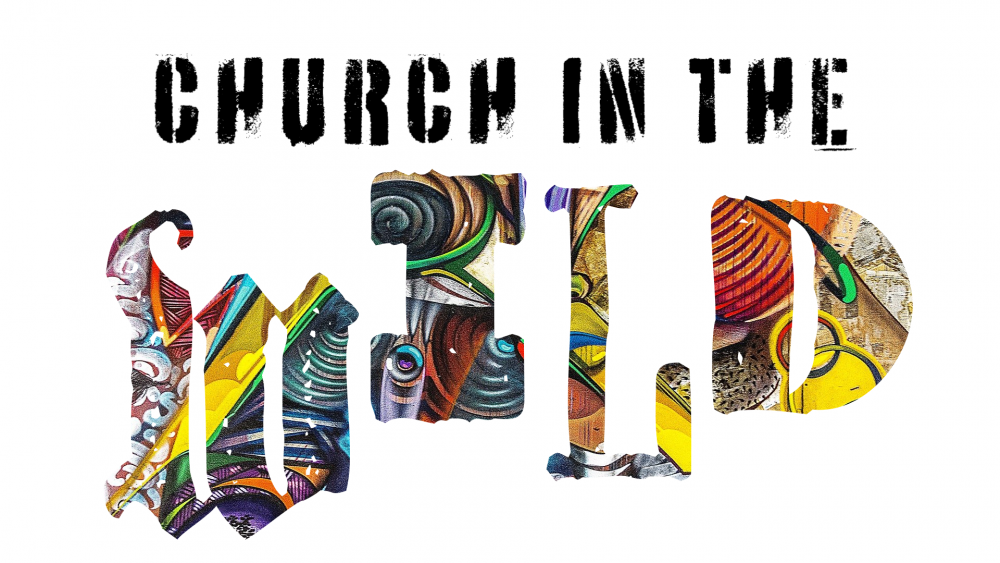
JR. Forasteros - April 11, 2021
The Good Story
More Messages From JR. Forasteros...
Powered by Series Engine
About ten years ago, I had the chance to travel to the Holy Land with my friend Thomas. We stayed at the Ecoel Biblique, which is a French Dominican Archaeology School – it’s the place where the people who brought the Dead Sea Scrolls brought them to figure out if they were important or not (spoiler: they were!).
Now, the city of Jerusalem is over 3,000 years old, and as you can imagine, the archaeologists at the school are experts in the expansion of the city over those years. The school is about half a block from the Damascus Gate, one of the entrances to what’s called the Old City. It’s called the Old City because the walls as they stand now have existed since about 100 years after Jesus was born.
The school was founded in the late 1800s, when outside the Old City walls was nothing but ruins and olive trees. And it wasn’t too long before the friars there decided they should probably build a chapel. So they chose a spot and started digging.
And they hit ruins.
Good thing they’re an archaeological school, right?
So the dig turns into a DIG, an excavation, and they discover a 3rd century church building that was dedicated to the martyrdom of St. Stephen (who we’re going to meet today).
You may remember last week we talked about how executions had to happen outside the city, in the wild. Well – Stephen was stoned to death. And it almost certainly happened in this spot. (One of the reliable indicators is when stuff is older than the 4th century – that’s when Constantine legalized Christianity. If stuff is older than that, it means it was technically illegal, and much more dangerous for Christians to venerate. This church they discovered was from the 200s!)
So the Ecole Biblique built their chapel – on the exact original floor-plan of the Church of the Martyrdom of St. Stephen. When you visit today, you can see the ancient mosaic floors, loving preserved by these archaeologist friars who call the school home.
I gotta tell you: as stories go, it’s basically perfect. I heard it for the first time standing in the church, looking at those beautiful mosaic floors.
Of course they didn’t have to do any of that. They could have simply built a chapel somewhere else and excavated the old chapel, treated it as just a preservation site.
But… wouldn’t that have been a little bit of a let down? To see a chapel over there, and the ruins of an ancient chapel here?
Isn’t the story of a bunch of archaeologists friars building their chapel on the site of an excavated chapel way more interesting, satisfying and cool?
Of course it is. It resonates. And we love stories that resonate. We love it when a whole bunch of seemingly unconnected threads come together into a surprising picture.
This is what God does with us – God makes our stories make sense. God rescues us, turning outsiders into insiders. Turning rejects into winners.






